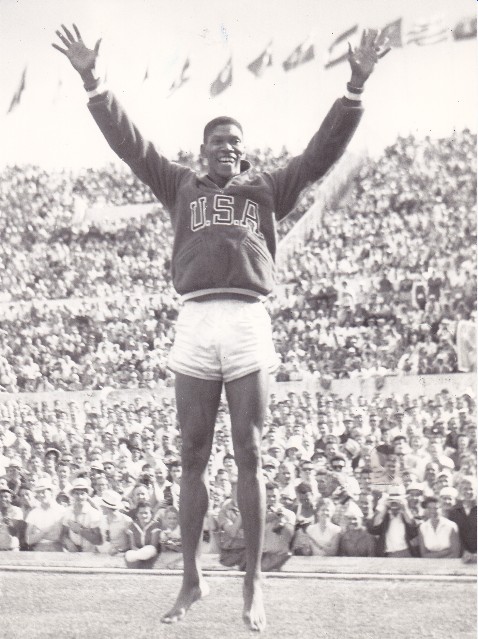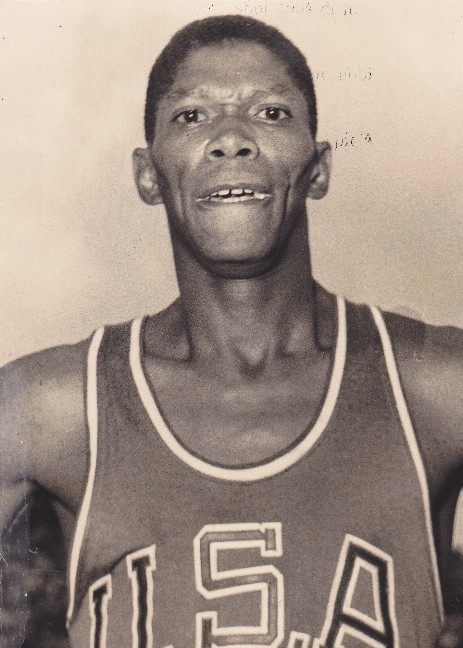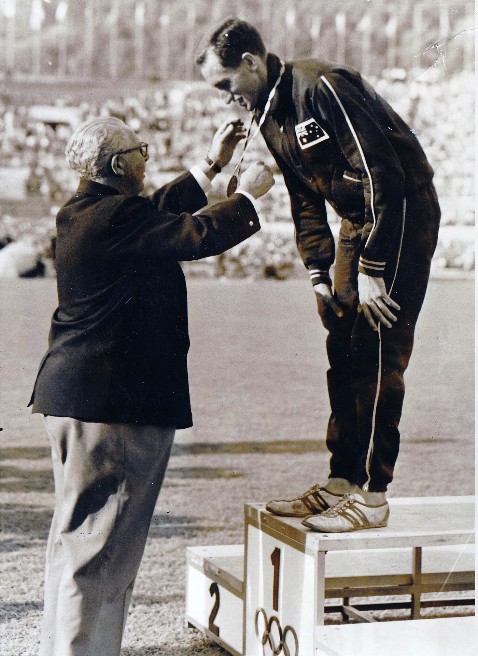Davis - Helliot
La prima finale del 6 settembre fu quella dei 400 metri piani. I concorrenti alla partenza erano i tedeschi Manfred Kinder e Carl Kaufmann, gli americani Otis Davis e Earl young, il sudafricano Malcom Spence ed il più esotico di tutti, l'indiano Milkka Singh, soprannominato "il Singh volante", che correva con una folta barba e i capelli lunghi sciolti, a volte raccolti in un turbante o legati in cima in un nodo con un fazzoletto.

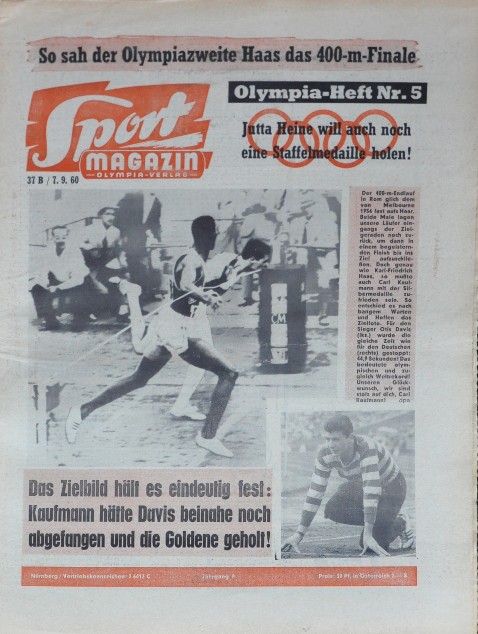
Allo sparo dello starter, Singh e Spencer partirono come dei razzi prendendo subito il comando, quindi il sudafricano aumentò la frequenza e tenne il comando fino a tre quarti di gara. A quel punto l'accelerazione di Davis lo condusse ad affiancare il provvisorio leader della gara. Spencer cedette subito, Singh non rispose e così l'americano uscì in dirittura con un buon vantaggio su Spencer. Ma era ora il turno di Kaufmann di dare fondo alle sue energie, lui che era il vero favorito dai pronostici. Il rush del tedesco lo portò letteralmente a mettere il sale nella coda di Davis, ma l'americano gli sfuggì proprio sul traguardo, altri 5 metri e lo avrebbe ripreso. Il suo ritardo sul filo di lana fu di solo 1 centesimo di secondo, ma il tempo che apparve sul cartellone fu di 44"9 per entrambi, bisognava attendere l'esito del fotofinish. Poi, quando ci fu l'annuncio della sua vittoria, Davis saltò in aria dalla panchna come una palla, danzò una danza scomposta ricca di salti che qualcuno definì "scimmieschi" e si mise a ridere fragorosamente. Bronzo al sudafricano Malcolm Spencer (45'5).

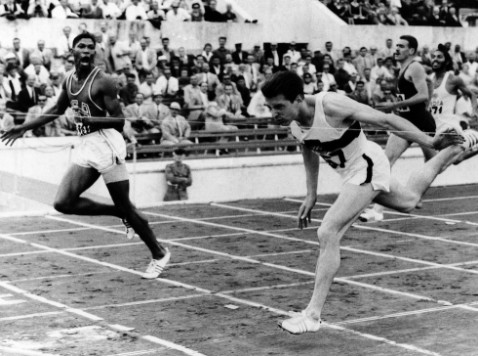
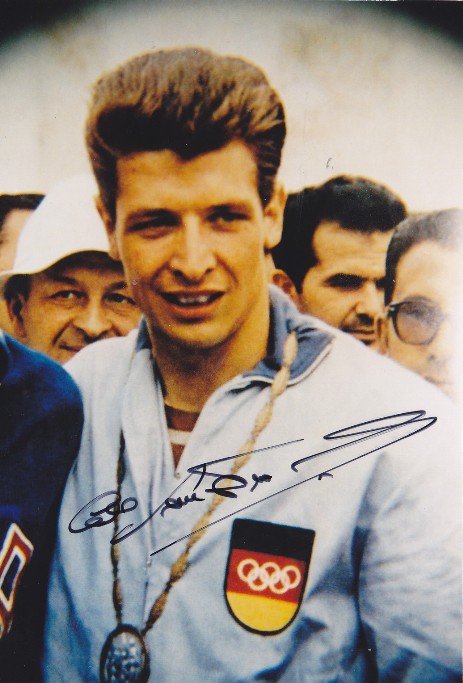
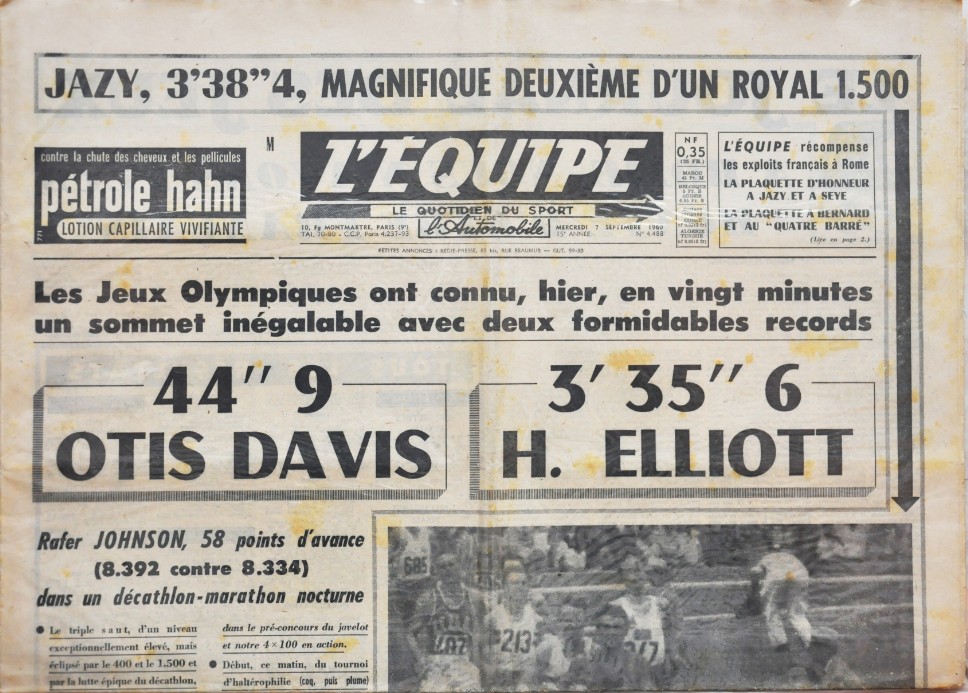
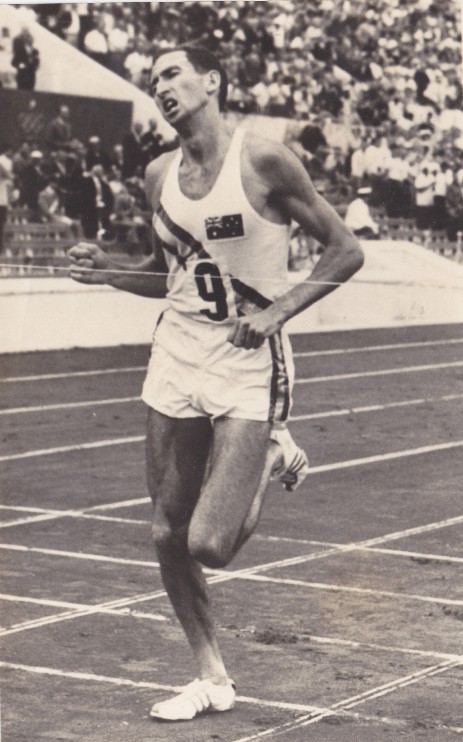
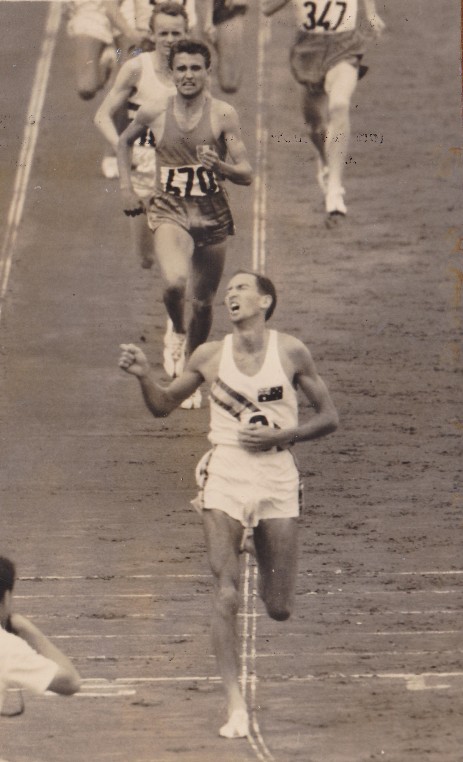

Nella finale dei 1500 metri, Helliot si collocò sulla corsia interna e venne superato da molti concorrenti trovandosi subito imbottigiato nel gruppo centrale. Alla fine del primo giro era quarto e rimase in quella posizione anche nel secondo giro. Poi, dopo la prima curva del terzo giro di pista, avanzò facilmnte al comando, staccando di pochi metri il francese Michel Bernard e l'ungherese Istvan Rozsavolgyi. Proseguì sullo slancio senza spingere per mezzo giro, prima di sprintare in avanti d'improvviso, come se fosse stato spinto da un motore a reazione. Nella curva che lo portava all'ultimo giro, cominciò ad incrementare il suo vantaggio. Mentre spingeva sul rettilineo finale, Helliot dovette lottare contro la stanchezza. E lottò, non mollò e vinse demolendo, con il tempo di 3'35"6, il vecchio record olimpico, stabilito dall'irlandese Ron Delaney a Melbourne quattro anni prima, di quasi 6 secondi.
